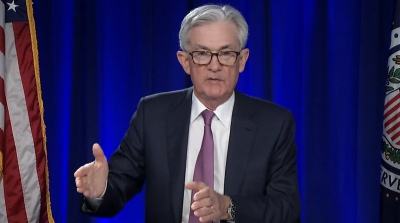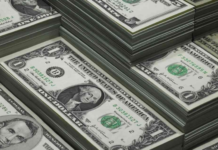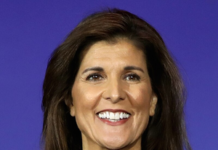Officials such as Fed governor Christopher Waller have in the past few weeks signalled that the central bank will deliver the same size interest rate increase as last month, following an inflation report showing that consumer prices in June rose to fresh 40-year highs.
The report also showed a sharp rise in so-called core inflation – which strips out the volatile food and energy sectors – led by higher rent and shelter costs. That inflation data had initially pushed traders in the futures market to price in the possibility of a full percentage-point increase, but investors have since scaled back their expectations of those levels.
Analysts and economists say there is little chance the Fed will deviate from the expected 0.75 percentage point increase, Financial Times reported. But markets could be surprised by any clues from chair Jay Powell as to the bank’s plans for its September meeting. Futures markets are betting that the Fed’s key interest rate will be 3 per cent in September, implying a 0.75 per cent interest rate increase. But signs that the Fed is concerned about weakening economic data could curtail expectations.
Eurozone inflation is set to rise again when July’s data is released on Friday. Consumer prices in the eurozone rose at an annual pace of 8.6 per cent in June, the highest rate since the existence of the euro currency.
“We expect inflation to remain undesirably high for some time, owing to continued pressures from energy and food prices and pipeline pressures in the pricing chain,” said Christine Lagarde, president of the European Central Bank, at the bank’s meeting last week in which she announced a 0.5 percentage point increase in the key policy interest rate, Financial Times reported.














